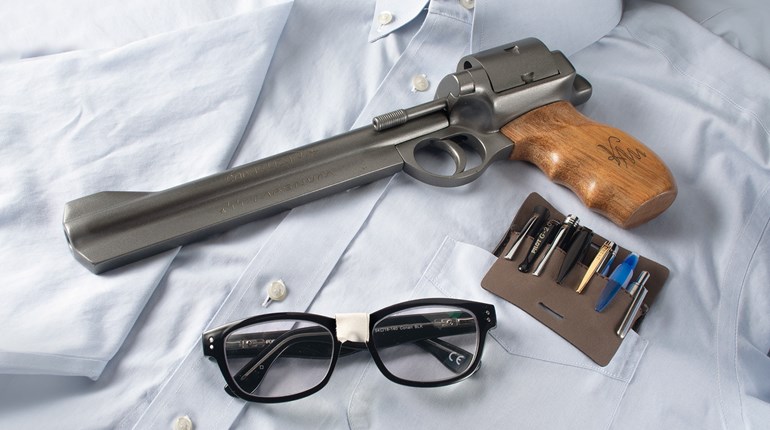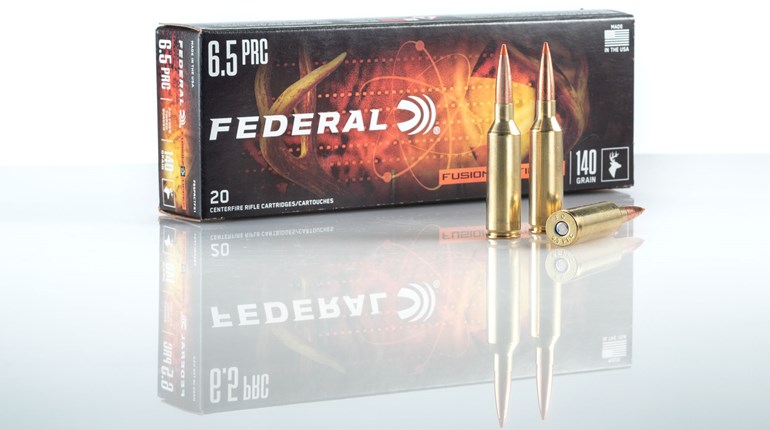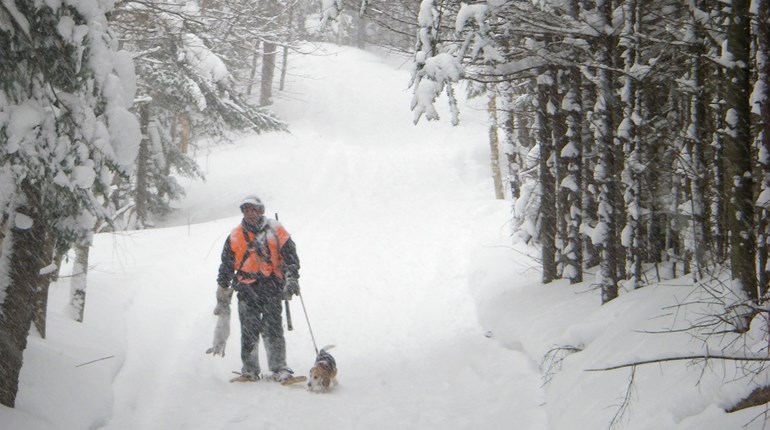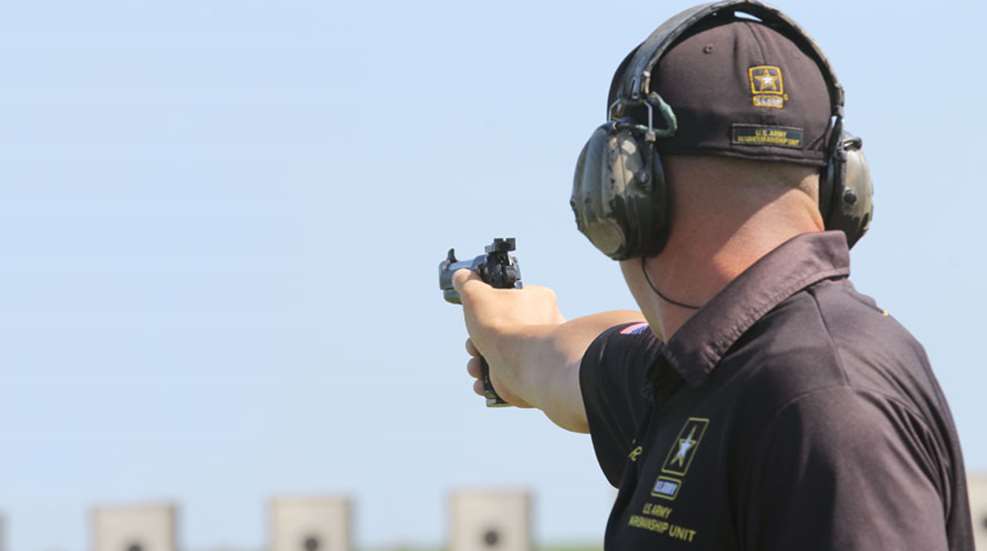
Shooting is a perishable skill—that’s a simple and often painful fact.
For me, nothing disappears faster than handgun-shooting skills, and it was a horrible time for that to surface. Due to major surgery—with a less-than-acceptable outcome—I had been in a forced hiatus from competitive shooting for a couple of years. I used that as an excuse to neglect my practice routines, as well.
I was at a writer’s event at Bill Wilson’s (of Wilson Combat fame) Arkansas range where many of the participants were world-class handgun shooters, and I made the mistake of trying to go fast like they were doing. In my prime I could do that, but I wasn’t in my prime and the rust was evident in my performance.
“Out of all those bullets, I think one or two might have hit the target,” said the well-known Dutch author James Tarr (who until that moment was a friend). It went downhill from there. For a competitive Type A like me it was embarrassing, to say the least.
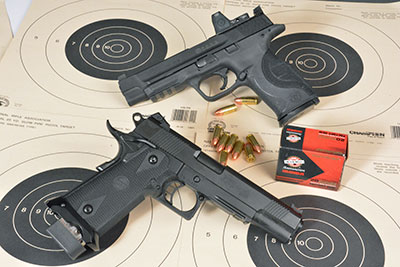
It wasn’t my first shooting slump, and I knew how to correct the problem—or at least I thought I did. I just needed some trigger time. Yet, the problems persisted even after hours of practice on my backyard range.
I have been shooting handguns for nearly 5 decades, and a lot of that shooting has been competitive. I have also attended training courses at many of the big-name tactical shooting schools, so it’s not like I was new to this game. This wasn’t just about tuning my skills for competition, though. I carry a handgun nearly every day, so my life and the lives of my loved ones can depend on my skill level. I love shooting competitively, but I also use it as a way to keep my skill level sharp so if the worst-case scenario ever happens, I’ll be ready.
Yet, this slump seemed unbreakable. Was it mental? Physical? Who knew? The only thing I was getting better at was sucking.
My issue with handguns is, and always has been, trigger control. I can blame it on an old hand injury and not be lying, but I learned to work around that years ago. So, I had little to blame here except myself and my lack of practice.
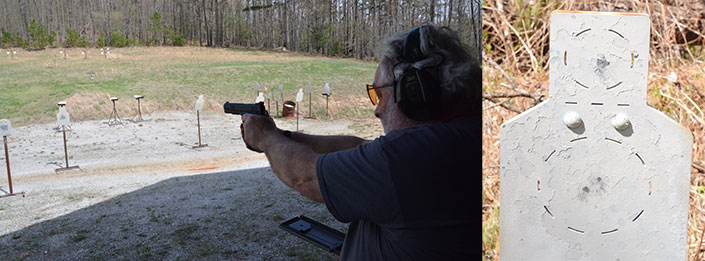
As soon as I thought I had things back under control and tried to push the speed a little, it would all turn to trash again. Rather than keep practicing bad habits, I knew I had to do something radically different.
I needed to be unplugged and rebooted. I needed a reset.
I remember asking my friend Bruce Piatt, who is a master of just about every kind of shooting, why he still shot bullseye competitions (often called NRA Precision Pistol). “Because it forces me to focus on the fundamentals and they are always important to any handgun shooting,” he replied. “It keeps me sharp.”
I started shooting competitively in the early 1970s with bullseye. There was an indoor league to deal with the long Vermont winters, and a co-worker invited me to join him one night after work. All I had was a Ruger single-action revolver, but I was hooked. I shot that handgun until I saved up enough to pay for a used S&W Model 41 pistol. I participated in the winter league for many years and competed in several full-blown, outdoor bullseye matches during warmer months. I am not sure exactly when I stopped. My friend moved away, I discovered other shooting interests and bullseye shooting kind of drifted away. It’s been a long time and my last bullseye match was, I think, back when Carter was president. Yet, Piatt had planted a seed and I thought that maybe the secret to fixing this slump could be found in that old handgun-shooting sport.
I still own that Smith & Wesson Model 41 handgun, and I dug it out of the bowels of my gun vault, dusted it off and oiled it up. The Model 41 is thought by many to be the ultimate bullseye-competition handgun. The delightful trigger still breaks clean, sharp and crisp. Years ago, I had slightly modified the grips for left-hand use and picking up this pistol felt like shaking hands with an old friend.
I understand most folks don’t have expensive competition handguns sitting around collecting dust. I made a decision years ago to never sell another gun and, in this situation, it paid off. The key to this slump-breaking technique is really not the handgun, but the course-of-fire. Use what you have.
Rimfire is great because it’s inexpensive to feed and there is minimal recoil to distract you from the fundamentals. But, if all you have is a centerfire handgun, use that. Later, if you want to build skills over multiple handgun platforms, swap guns with your shooting buddies during these practice sessions. Or, buy another gun, which I like best.
The key to bullseye shooting is not speed, but accuracy and precision. That means the shooter must focus on what we all call the fundamentals, such as stance, breathing, sight picture and trigger control. I thought if I could get all that back under control it could help solve my handgun-shooting glitches.
To start, I focused on our winter league, indoor style of shooting. The targets are placed at 50 feet and are scaled down with 3-inch black bullseyes containing the nine-, 10- and X-rings. I ordered a few hundred Champion NRA 50-feet Timed and Rapid Fire paper targets and a few bricks of match ammunition from Remington and CCI.
The course-of-fire for indoor Bullseye competition is simple: It’s 30 shots with a possible score of 300 points. Ten shots are fired slow fire, with a time allotment of 10 minutes to complete. The next 10 shots are fired in two five-shot strings as timed fire, which allows 20 seconds per string. The final 10 shots are fired in five-shot strings rapid fire, allowing 10 seconds per string.
After competing in 3-gun and USPSA matches for years, the par times seemed absurdly slow. Five shots in 10 seconds is rapid fire? Really? But, then again, that’s the point. Slow down, focus on the sights and trigger, fix the problems and hit the X-ring.

Bullseye competition is traditionally fired using one hand only, and I started that way for the first few range sessions. I wanted to concentrate only on controlling the handgun, the sights and the trigger. Later I switched to shooting with both hands. Then, as I progressed and my skills sharpened, I would fire a full 30-round course each with strong hand, both hands and weak hand during a practice session. This not only helped keep me focused on the fundamentals, it was also great tactical training. Competition often has one-hand or weak-hand stages.
But, even more important, training for self-defense requires that a shooter be proficient with either hand. In a life-or-death situation you may be reduced to one working hand, and it may be your weak or support hand. It’s critical that the gun feel comfortable in that hand and you shoot proficiently. Most of us tend to practice what we like and what we are good at, so weak-hand shooting doesn’t, as a rule, get enough range time to build proficiency. I forced myself to address that problem.
It was hard to resist the urge to go fast, but I stuck with the program. I never used the full allotted time, of course, but I also shot as slowly as needed to ensure I was focusing only on breaking a good shot and trying to hit the X-ring with every bullet.
At first, I was surprised at the level of difficulty in the bullseye-shooting discipline. I can remember shooting several 100-point, slow-fire targets back in the day with a high X-ring count. That means that all 10 shots struck in the 1.8-inch 10 ring, and many of them were in the .9-inch X-ring. Age, the slump or just too many years of go-fast shooting found that was now an elusive goal.
The idea here was not to become a top bullseye shooter, but to break the slump and fix my trigger-control issues. So, I didn’t restrict myself to one gun. I am shooting more with red-dot sights on my handguns and wanted to introduce one to this program to add some practice with that sighting system. I also have a Smith & Wesson 22A target pistol. The 22A was sort of a poor-man’s Model 41 and is a fine handgun (or was, as it’s no longer made). The integral Weaver-style rail makes mounting optical sights easy, so I attached an Aimpoint.
I began alternating with these two handguns, shooting at least one full 30-shot string during each range session. When time allowed a longer range session, I shot them both, two hand, strong hand and weak hand. That’s 180 rounds per session, which seemed to be a comfortable place for me. Much more than that and I get tired and start making mistakes. It’s always best to end when you are still shooting well.
I like to end every session with a focused slow-fire course of 10 shots. A target paster works great for this. It provides a clean aiming point, and the goal is to keep all the shots on a 1-inch paster. That ends the practice session on a positive mental note each time. One more thing: Save the targets and write the date and shooting info on them. You can refer back and see what, if any, progress you are making.
Soon enough, I found that I was re- mastering control of the trigger and could predict the break with precision while maintaining a good sight picture. So, it was time to introduce some trouble.
My trigger-control problems will magnify with any hard-trigger handgun. Still, I believe that a true gun person will shoot well with any gun they pick up, even handguns with not-so-great triggers. Keeping with the .22 LR thing for now, I added a Ruger 22/45 with a red-dot sight into the mix. The trigger is not horrible, but it’s not in the class with the bullseye guns either. By forcing myself to focus on the trigger pull, I soon found I was shooting well with all of the handguns.
In fact, this less-than-ideal trigger pull proved to be a great training aid. It forced me to focus longer on the trigger while maintaining the proper sight picture. Since my main issue is with trigger control, the result was a huge improvement in my overall shooting.
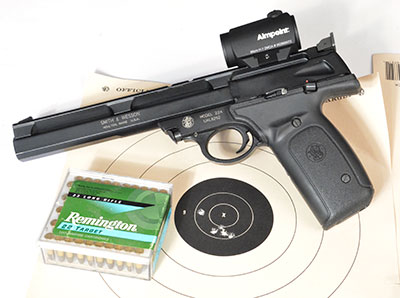
I alternated the guns so I wouldn’t get too familiar with any one. I do not buy into the “pick a platform and stick with it exclusively” mentality. My goal, as it’s always been, is to shoot reasonably well with any gun I pick up. I believe that versatility is very important from a tactical standpoint. It’s also a handy skill for a gunwriter to have.
Once I was satisfied with my shooting technique, I transitioned to centerfire handguns. I started at 50 feet for several practice sessions. Once that was going well, I moved back to 25 yards and tacked up some 25-yard Champion bullseye targets. I started with a finely tuned STI 9 mm competition handgun to help build confidence.
Once I was shooting well, I began introducing other handguns, including several striker-fired handguns with significantly different trigger pulls. Once I was happy with my shooting, I switched to focus heavily on my defensive and carry guns. I can’t say that my scores were as good with a Smith & Wesson M&P Shield in .40 S&W as with the STI target gun, but they were some of the best groups I have ever fired with that small carry pistol.
This is what worked for me, using several different guns. But that’s not the point—even if you only have one gun, the system works. The key is adapting it to your circumstances.
I found that all that time shooting under the precision-focused doctrine had reset my fundamental skills—mostly.
Every now and then I can feel myself slipping into bad habits. Rather than trying to power through as I used to do, I stop, put up a bullseye target and shoot that handgun with slow, careful, precision fire until the problem is corrected.
It all seems to be working. I finally have my mojo back and I owe it completely to an antiquated style of handgun shooting.
The hard part, I think, will be in making sure I maintain it so it doesn’t slip away again.










